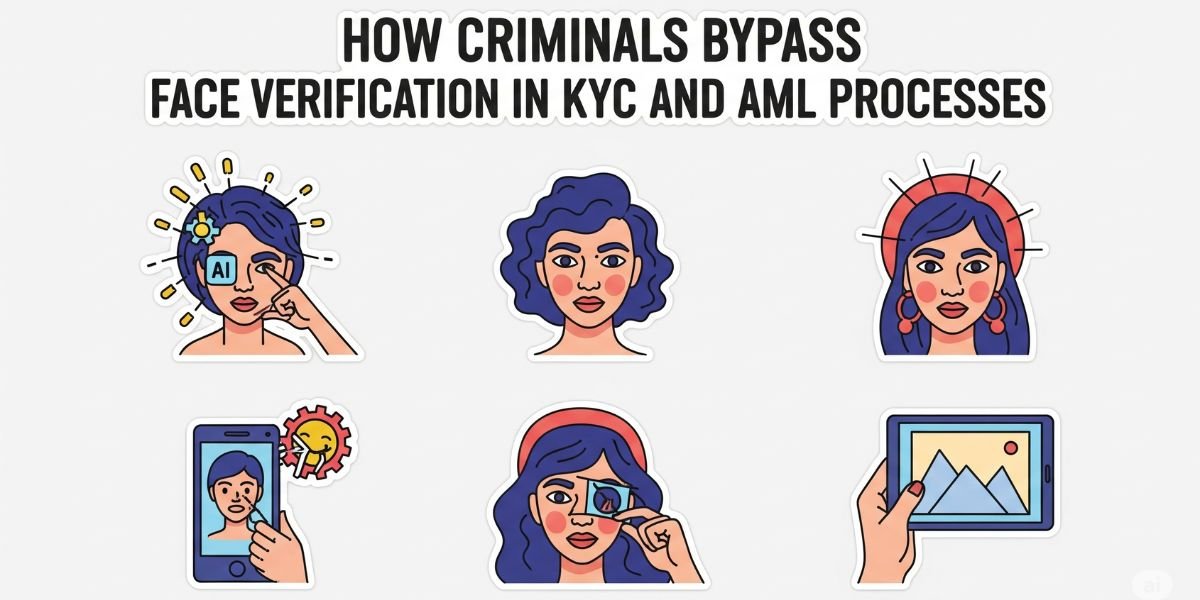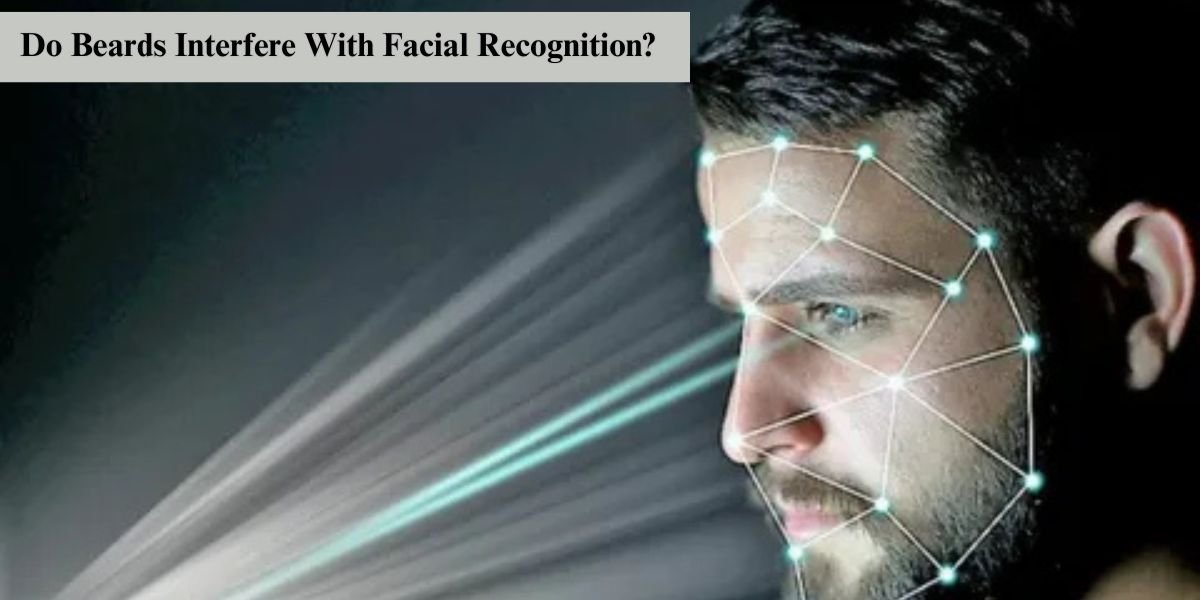In Know Your Customer (KYC) and Anti-Money Laundering (AML) processes, face verification systems serve a crucial role. They act as essential barriers, preventing fraudsters from entering financial systems and causing significant damage. However, criminals relentlessly innovate. They find surprising ways to bypass face verification. How do they do this? What consequences does this have for the integrity of our financial world? This article reveals their tactics.
Face Verification in KYC and AML
Face verification in KYC and AML identifies individuals digitally. Financial institutions use this technology. They prevent fraud and comply with stringent regulations. This process compares a user’s live selfie, often captured with their government-issued ID, against official records. Crucially, it includes “liveness detection.” This technological safeguard confirms the presence of a real, living human. This strong method stops identity theft and illegal financial activities. It forms a critical bulwark against money laundering and terrorist financing.
Why Criminals Bypass Face Verification
Criminals bypass face verification for financial gain and anonymity. Fraudsters constantly seek easy access to financial systems. The stakes are incredibly high: consumers reported losing over $12.5 billion to fraud in 2024, a 25% increase over the previous year, according to new data from the Federal Trade Commission (FTC). Investment scams alone accounted for $5.7 billion of these losses.
By successfully circumventing face verification, criminals achieve several objectives:
- They open new bank accounts using fake or stolen identities.
- They access credit lines and loans without repayment intent.
- They engage in money laundering by creating mule accounts.
- They perform unauthorized transactions or account takeovers.
This makes face verification a prime target; its compromise opens doors to widespread financial crime.
Bypassing Selfie Verification with Physical Attacks
Not every sophisticated defense falls to equally complex attacks. Simple methods sometimes prove shockingly effective against less robust systems. These “presentation attacks” involve physically presenting a fake representation of an individual to the camera. They aim to fake selfie verification.
Printed Photos
The most basic tactic involves a high-quality printed photograph of the legitimate user. This can still trick systems lacking robust liveness detection.
Video Replays
Many face verification systems include liveness checks, asking users to blink or turn their head. Criminals counter this. They use pre-recorded videos played back on high-resolution screens in front of the camera.
3D Masks
The most intricate physical attacks utilize highly realistic 3D masks. Crafted from silicone, these masks meticulously mimic facial features. They add a crucial element of depth. SEON highlights that “spoofing refers to the act of imitating or forging biometric traits to deceive authentication systems,” often with 3D-printed masks.
These physical methods highlight why basic liveness checks no longer suffice. Advanced anti-spoofing techniques are essential.
AI and Deepfakes: How Criminals Bypass Facial Recognition
Artificial intelligence adds a terrifying new dimension to identity fraud. AI-powered deepfakes are now a primary weapon. Criminals use them to bypass facial recognition, creating highly realistic synthetic media that challenges even the most sophisticated systems.
Synthetic Identities
Generative AI allows criminals to create entirely new, non-existent human faces and personas. You cannot tell these AI-created images apart from genuine photographs. Criminals pair them with stolen or fabricated personal data to open new accounts.
Realistic Deepfakes
Deepfake technology takes a static image. It then generates a convincing video of that person blinking, talking, or moving their head. These are precisely the actions many liveness detection systems require. Entrust’s 2025 Identity Fraud Report states, “a deepfake attempt happened every five minutes in 2024,” and deepfakes account for 40% of all biometric fraud.
Dark Web Toolkits
The dark web offers “Deepfake-as-a-Service.” This democratizes deepfake creation. Tools are available. They allow non-technical fraudsters to generate high-quality, believable deepfake videos. These videos specifically bypass KYC checks on various platforms. This significantly lowers the barrier to entry for large-scale fraud, as highlighted by Mea Digital Evidence Integrity.
Rapid advancements in AI mean deepfake attacks become increasingly harder to detect.
Technical Methods to Bypass Face Verification
Beyond direct visual deception, sophisticated criminals also target the underlying technology of face verification systems through technical exploits. These attacks require extensive knowledge of software, hardware, and network weaknesses.
Kernel and System-Level Attacks
This method manipulates the fundamental operating system or hardware drivers on a device. Criminals inject forged facial data directly into the system. This bypasses the actual camera feed.
App Memory Manipulation
Criminals use “Hook” mechanisms. They intercept and modify data within a mobile application’s memory. This allows them to replace authentic facial data or disrupt encryption functions.
Traffic Layer Attacks
Data is vulnerable if not properly encrypted during transmission. Criminals intercept and modify data packets in transit. They swap legitimate identity information with fraudulent data before it reaches the server.
Business Logic Flaws
Sometimes, the weakness lies in the application’s overall workflow, not the biometric tech. Criminals exploit flaws like weak authorization or data leaks. They bypass the face verification step entirely.
Virtual Cameras and App Repackaging
Fraudsters create or repackage applications with “virtual cameras.” These tools feed pre-recorded videos or deepfakes directly into the application. The system believes it receives live input.
A comprehensive security strategy is essential to counter these technical bypasses.
Impact on KYC and AML Processes
Successful bypass of face verification has profound consequences. It severely impacts KYC and AML processes. It strikes at the heart of financial security.
- Escalated Financial Losses: Fraud-related losses surge. Unauthorized account openings and credit fraud cost institutions billions annually.
- Regulatory Non-Compliance & Penalties: Weak defenses lead to substantial fines and intense scrutiny from regulators.
- Erosion of Trust and Reputation: Weakened security diminishes customer confidence. It harms an institution’s long-term standing.
- Facilitation of Illicit Finance: Bypasses create pathways for money laundering and organized crimes.
- Operational Overload: Investigating fraud cases and managing disputes strains resources.
The integrity of global financial systems depends on robust identity verification.
Detecting and Preventing Face Verification Bypass
The fight against sophisticated face verification bypass demands a multi-layered, adaptive defense strategy. Organizations must embrace cutting-edge solutions.
- Advanced Passive Liveness Detection: This feature has become mandatory. Modern systems analyze subtle, unconscious cues. They analyze tiny skin movements and subtle eye reflections. They confirm genuine human presence. Innovatrics emphasizes that passive liveness detects anomalies like pixel patterns.
- AI-Powered Anomaly Detection: AI and machine learning identify minute inconsistencies or digital artifacts in deepfakes. Keesing Technologies highlights AI’s power to analyze identity documents for authenticity.
- Cross-Referencing and Network Analysis: Integrating face verification with device reputation and IP analysis provides a holistic view.
- Continuous Threat Intelligence: Organizations actively monitor emerging threats. They share intelligence across sectors.
- Secure Software Development: Protecting the underlying application code from tampering is vital. This includes robust data encryption.
- User Education: Educating users about common scams adds another layer of defense.
By combining these advanced defenses, institutions significantly enhance their ability to detect and prevent bypass attempts.
At Facia.io, we dedicate ourselves to demystifying digital identity and biometric verification. We serve as a comprehensive resource, providing valuable, research-backed information and insights. We help businesses and individuals navigate the ever-evolving landscape of online authentication and security.
The Future of Face Verification Security
The arms race continues between criminals and security measures. The future of face verification security will feature ongoing innovation and deeper defensive AI. We move towards:
- Enhanced Passive and Continuous Authentication: Seamless, non-intrusive liveness checks. Continuous authentication monitors user behavior post-login.
- Decentralized Identity: Technologies like verifiable credentials could shift data control back to individuals.
- Interoperability and Industry Collaboration: Increased sharing of threat data and consistent security standards.
- Adaptive AI Defenses: AI models quickly adapt to emerging fraud patterns. They self-update their detection capabilities.
In this dynamic environment, vigilance, continuous investment in advanced technology, and a commitment to collective security are imperatives.





